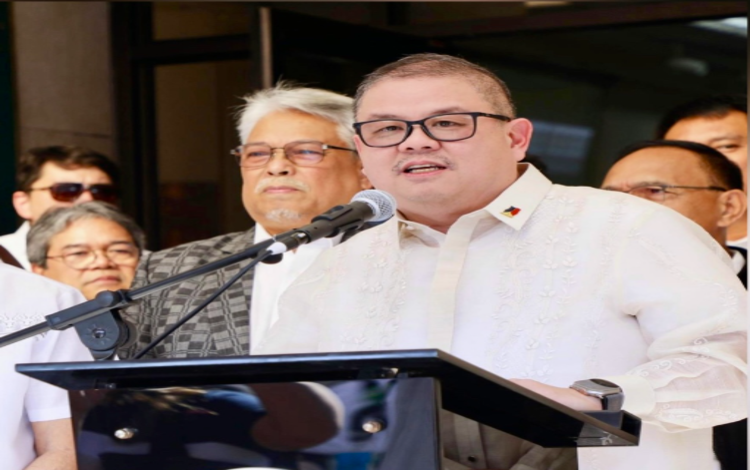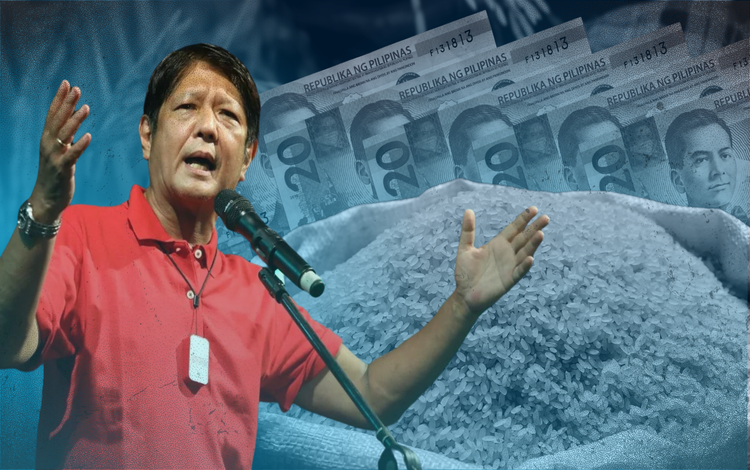President Marcos’ promise to lower the price of rice to P20 per kilo still appears “not possible” for now, according to Department of Agriculture (DA) Secretary Francisco “Kiko” Tiu Laurel on his first day as the head of the Agriculture Department on Monday, November 6.

“The P20 per kilo was an aspiration. The problem now [is] that we are in a 15-year high in the global market, right?” he told reporters during a press briefing at the central office of the DA in Quezon City.
According to the new DA chief, they are currently working on making the price of rice affordable for the masses.
“We are hoping to do that in the coming months, perhaps towards the end of next year,” Laurel added.

He mentioned that the President’s directive to modernize the Philippines’ agriculture sector will not be easy, as it will be a very labor-intensive task and “it might take some time.”
Focusing on President Marcos’ promise to lower the price of rice, we face a significant aspect of the country’s economic health. The increase or decrease in the price of rice has profound effects on the wallets of Filipinos, especially for families that rely on rice as their primary staple.
With the current high prices of rice in the global market, this may be due to various factors such as natural disasters, supply shortages, and the high demand from neighboring countries. Nevertheless, it is essential for the government to continuously seek ways to lower the price of rice for its citizens.
Under Secretary Laurel’s administration, there is an expectation that measures will be taken to lower the price of rice. Modernizing the agriculture sector can have a profound impact on the rice situation in the Philippines, from production to distribution.

Despite the challenges ahead, this action is crucial for the health and well-being of Filipinos. With the right policies and management, it may become possible in the future to fulfill the promise of lowering the price of rice to P20 per kilo. However, these steps will not be easy, and it may take some time before they yield results.
In conclusion, Filipinos are hopeful that these projects will bring about positive changes in the rice situation and open up opportunities for more people to have access to affordable rice.

